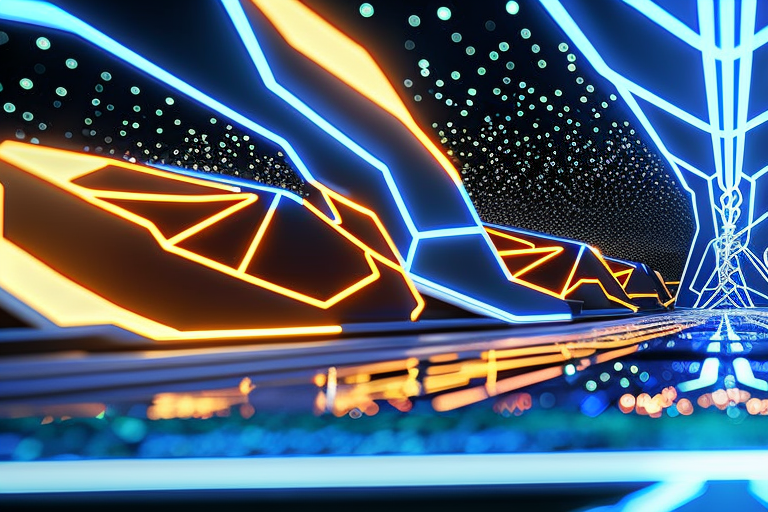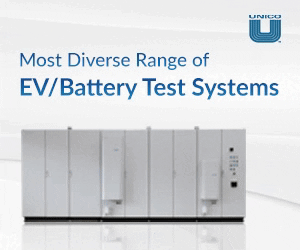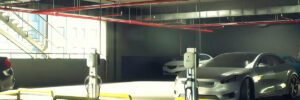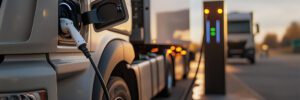QuantumScape, a US battery company, has made a major breakthrough in the development of lithium-metal batteries. The company recently announced that its 24-layer A0 prototype cell retained over 95% discharge energy over 1,000+ full cycle equivalents in lab testing. This is a significant improvement over single-layer cells, which have achieved between 1,500 and 2,000 cycles to ~80% discharge energy retention with zero externally applied pressure.
To address the lithium metal expansion during charging/discharging, QuantumScape has developed a proprietary, hybrid cell format called FlexFrame. This design combines pouch and prismatic cell designs to pack the same number of layers with more energy per layer into a slimmer package for EVs. The company believes that when combined with improvements to packaging efficiency and manufacturing process control and automation for improved reliability, this will form the core of its first commercial product, QSE-5.
QSE-5 is designed to have ~5 amp-hours (Ah) of capacity, which is comparable to the 2170 battery used in several leading EV models. This is a major step forward in the development of lithium-metal batteries and could revolutionize the electric vehicle industry. QuantumScape’s breakthrough could lead to longer lasting batteries with higher energy density, making electric vehicles more affordable and accessible.
FAQ
Q1: Are electric car batteries recyclable?
A1: Yes, electric car batteries are recyclable.
Q2: Are electric car chargers free?
A2: It depends on the charger and the location. Some electric car chargers are free, while others may require a fee.
Q3: Can electric car batteries be rebuilt?
A3: Yes, electric car batteries can be rebuilt with the right tools and knowledge.











